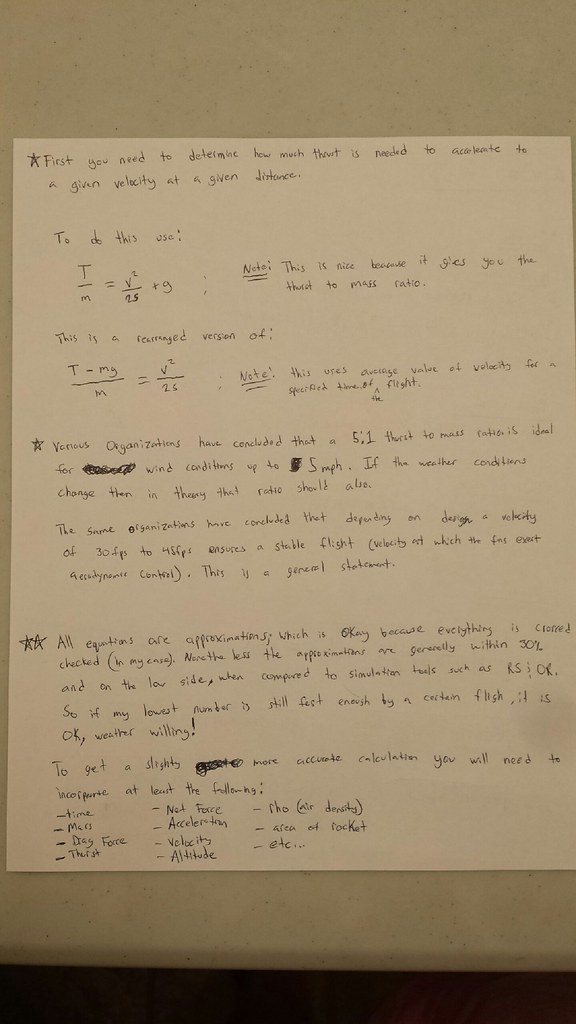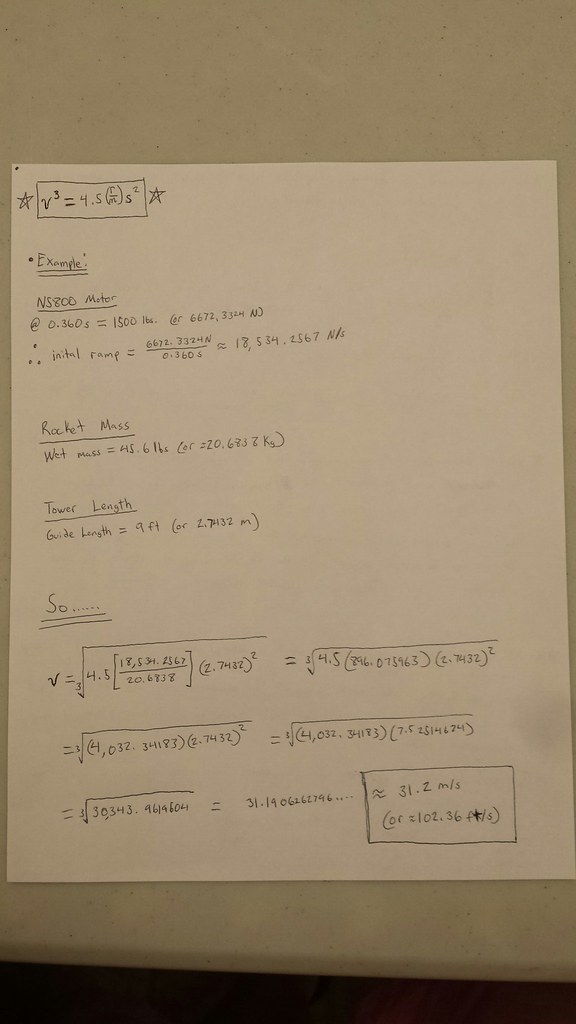The NAR rule of thumb doesn't anything to do with the minimum aerodynamically stable velocity of the rocket. It is based on not exceeding a 15 degree angle of attack on the fins to prevent an aerodynamic fin stall. The inverse tangent of (1/4) = 14 degrees! Most fins, regardless of shape or airfoil, should not aerodynamically stall at an angle of attack below 15 degrees. Also by keeping the angle of attack below 15 degrees when leaving the rod/rail, the rocket will not severely weathercock.
The conventional rule of thumb of 30 fps (20 mph) minimum rod velocity for a model rocket and 45 fps (30 mph) rod velocity for a high power rocket still hold as well.
In reality, the greater of the 2 values is the applicable rule of thumb to use if you do not want severe weather cocking. What this implies is that if the wind is blowing 20 mph (30 fps) the minimum rod velocity to prevent severe weather cocking is 80 mph (120 fps)! On those days if you want to ascend straight, If you use CTI, launch a Vmax, not Mellow in your rocket. The Vmax launch will ascent straight up while a Mellow would turn to at least 30 degrees off vertical before burnout and attain ~ 50% of the no wind apogee, and with motor ejection, deployment will occur well after apogee.
Bob





